CiteSpace101 - Visual Analytics Tool
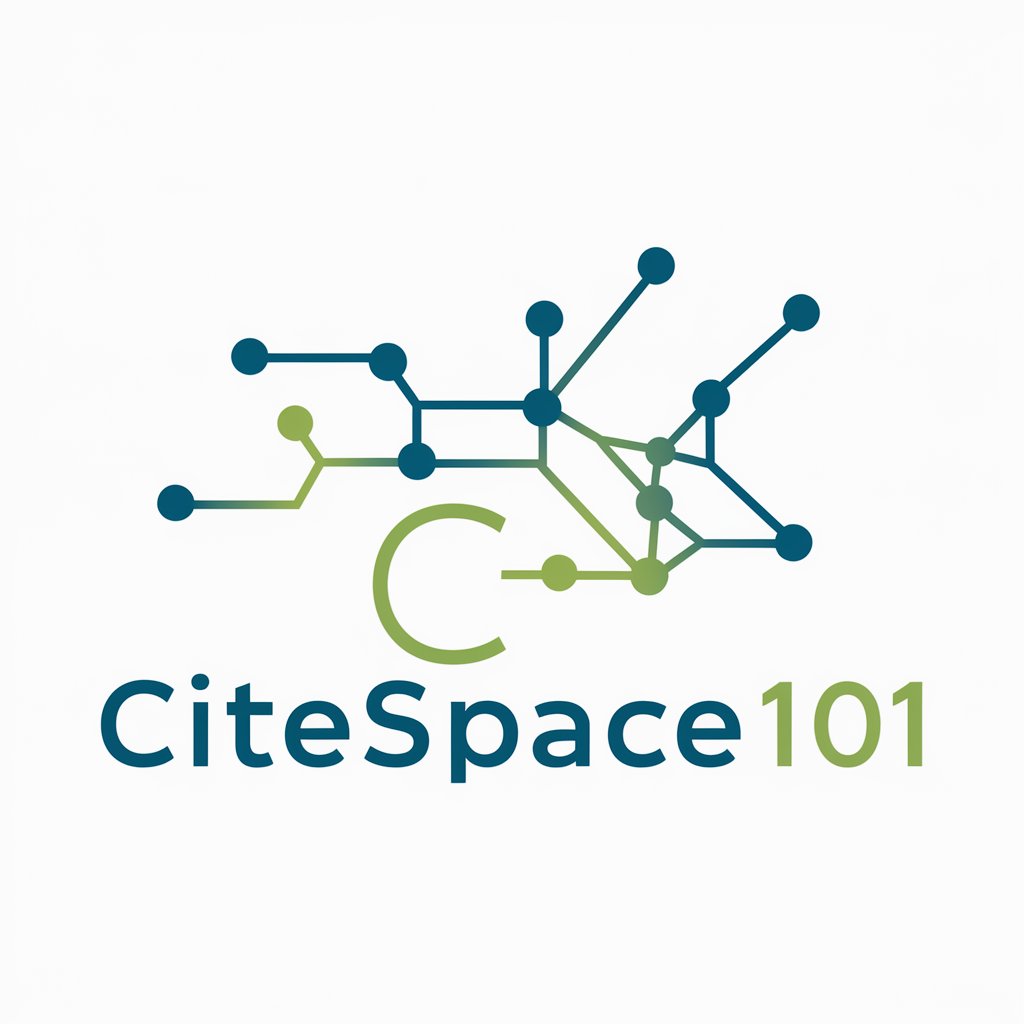
Welcome to CiteSpace101, your guide to scientific knowledge mapping.
Illuminate Your Research with AI
Generate a detailed visual analysis of a specific academic field using CiteSpace101.
Describe the process of identifying key research trends with CiteSpace101.
Explain how CiteSpace101 can aid in understanding the development of scientific knowledge.
Create a visual representation of co-citation networks in a selected discipline using CiteSpace101.
Get Embed Code
Introduction to CiteSpace101
CiteSpace101 is designed as a specialized extension of the CiteSpace tool, a bibliometric and visualization software that assists users in analyzing and mapping the trends, dynamics, and structures within scientific literature. Its core purpose is to offer a more intuitive, user-friendly interface and advanced features tailored to enhance the experience of conducting scientometric analysis. By integrating the fundamental principles and functionalities of CiteSpace, CiteSpace101 emphasizes accessibility and efficiency, aiming to streamline the process of visual analytics for users with varying degrees of expertise in bibliometric analysis. For instance, a typical scenario involves a user exploring the development trajectory of a specific research domain, where CiteSpace101 facilitates the identification of key papers, authors, and institutions, as well as emerging trends and patterns through its visual representation tools. Powered by ChatGPT-4o。

Main Functions of CiteSpace101
Trend Analysis
Example
Identifying the evolution of research on climate change over the last two decades
Scenario
Researchers can input a dataset of publications related to climate change, and CiteSpace101 will generate visualizations that highlight the chronological development, key contributors, and pivotal publications, offering insights into how the discourse has evolved.
Co-citation Analysis
Example
Mapping the network of co-cited authors in the field of artificial intelligence
Scenario
This function allows users to visualize the relationships between authors frequently cited together in a specific field. For instance, when analyzing the AI domain, it can reveal clusters of authors who have significantly contributed to the development of machine learning algorithms, facilitating the identification of influential researchers and collaboration networks.
Cluster Analysis
Example
Exploring sub-themes within the research on renewable energy sources
Scenario
Users interested in renewable energy research can employ CiteSpace101 to dissect the broader field into smaller, thematic clusters (e.g., solar energy, wind energy, bioenergy). This aids in understanding the focus areas within the domain and the interconnections between different research fronts.
Burst Detection
Example
Detecting emerging trends in nanotechnology
Scenario
By analyzing citation bursts, CiteSpace101 can identify rapidly growing areas within nanotechnology. This feature is crucial for researchers and policymakers aiming to pinpoint innovative technologies and research fronts gaining momentum.
Ideal Users of CiteSpace101 Services
Academic Researchers
Scholars seeking to explore the landscape of their research domain, identify gaps in the literature, and find potential collaborators will find CiteSpace101 invaluable for its ability to dissect complex bibliometric data into comprehensible visualizations.
Policy Makers and Funding Agencies
Decision-makers aiming to understand the impact of research investments and identify emerging fields for future funding can leverage CiteSpace101's trend analysis and burst detection features to make informed choices.
Librarians and Information Scientists
Professionals tasked with managing large volumes of scientific literature and assisting researchers in navigating their fields will benefit from CiteSpace101's ability to simplify and elucidate trends and patterns in any given research area.
Industry R&D Departments
R&D professionals looking to stay ahead of the curve in technological advancements and innovation trends can use CiteSpace101 to monitor developments in relevant research areas, facilitating strategic planning and competitive analysis.

How to Use CiteSpace101
1
Begin by exploring yeschat.ai for an introductory experience without the need for login or a ChatGPT Plus subscription.
2
Download and install the CiteSpace101 software, ensuring your system meets the necessary requirements for optimal performance.
3
Familiarize yourself with the interface by reviewing tutorial materials or online resources to understand the tool's capabilities and features.
4
Start your first project by importing bibliometric data from supported sources, applying filters and settings tailored to your research focus.
5
Utilize visualization features to analyze and interpret data, exploring trends, patterns, and connections within your field of study.
Try other advanced and practical GPTs
Amigo Español
Master Spanish with AI-powered conversations
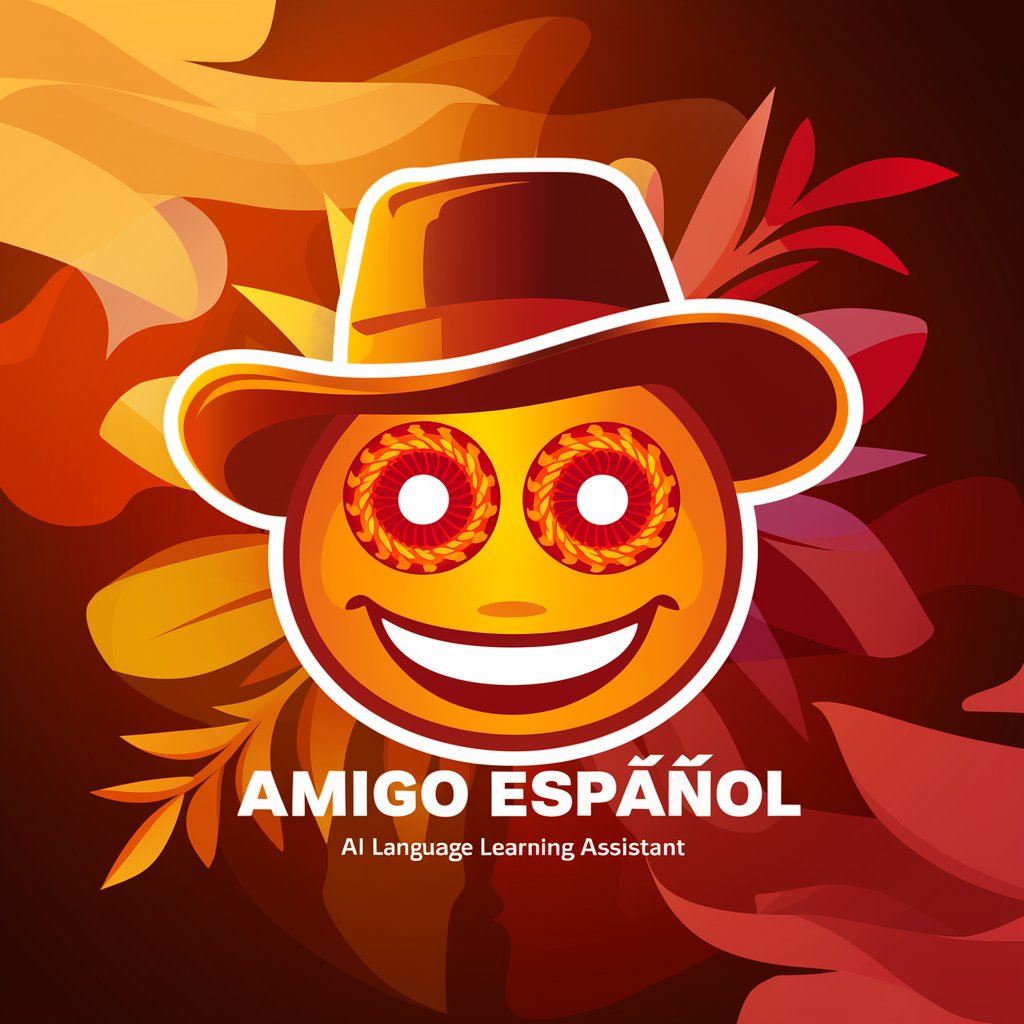
Capitalism Max
Empowering Decisions with AI-Driven Insights

Limitless Cosmic Dreamweaving Imaginatrix
Empowering Creativity with AI
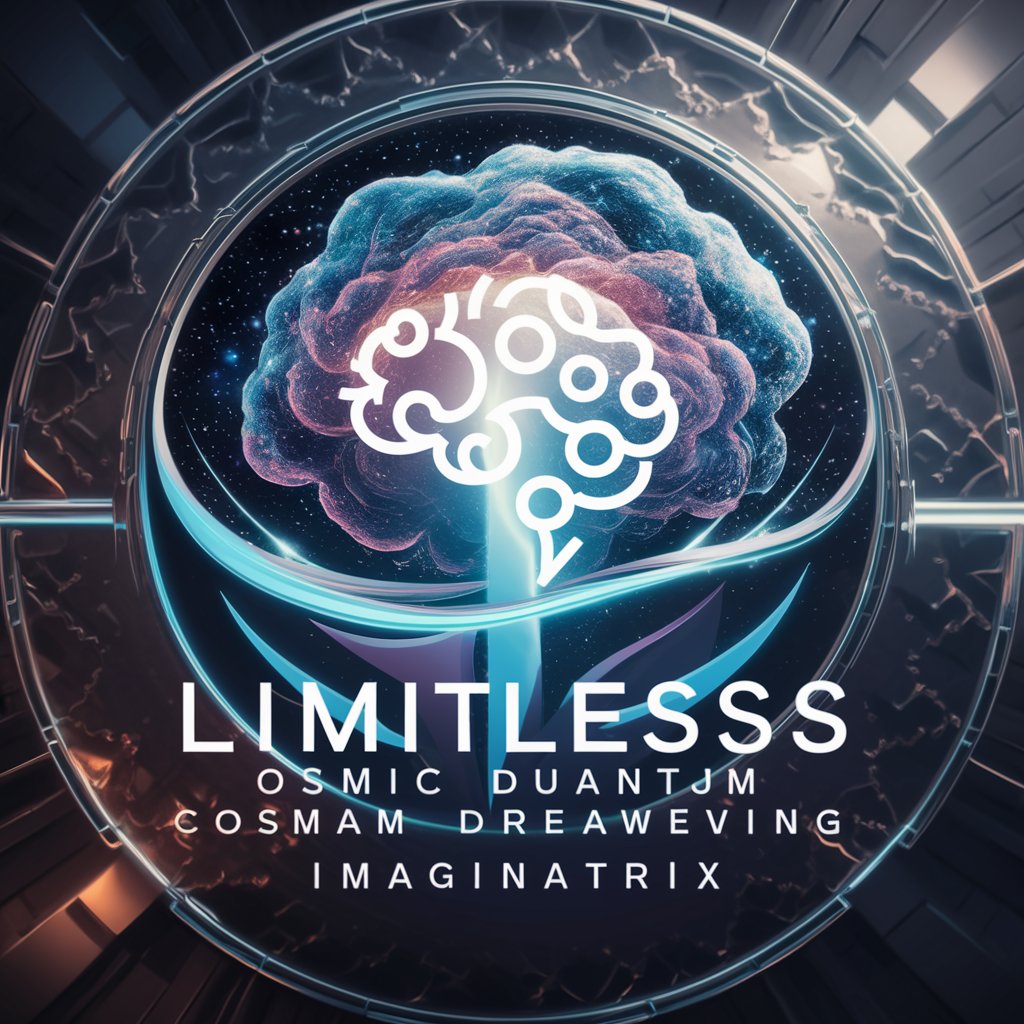
Data Doctor
Empowering your data journey with AI.
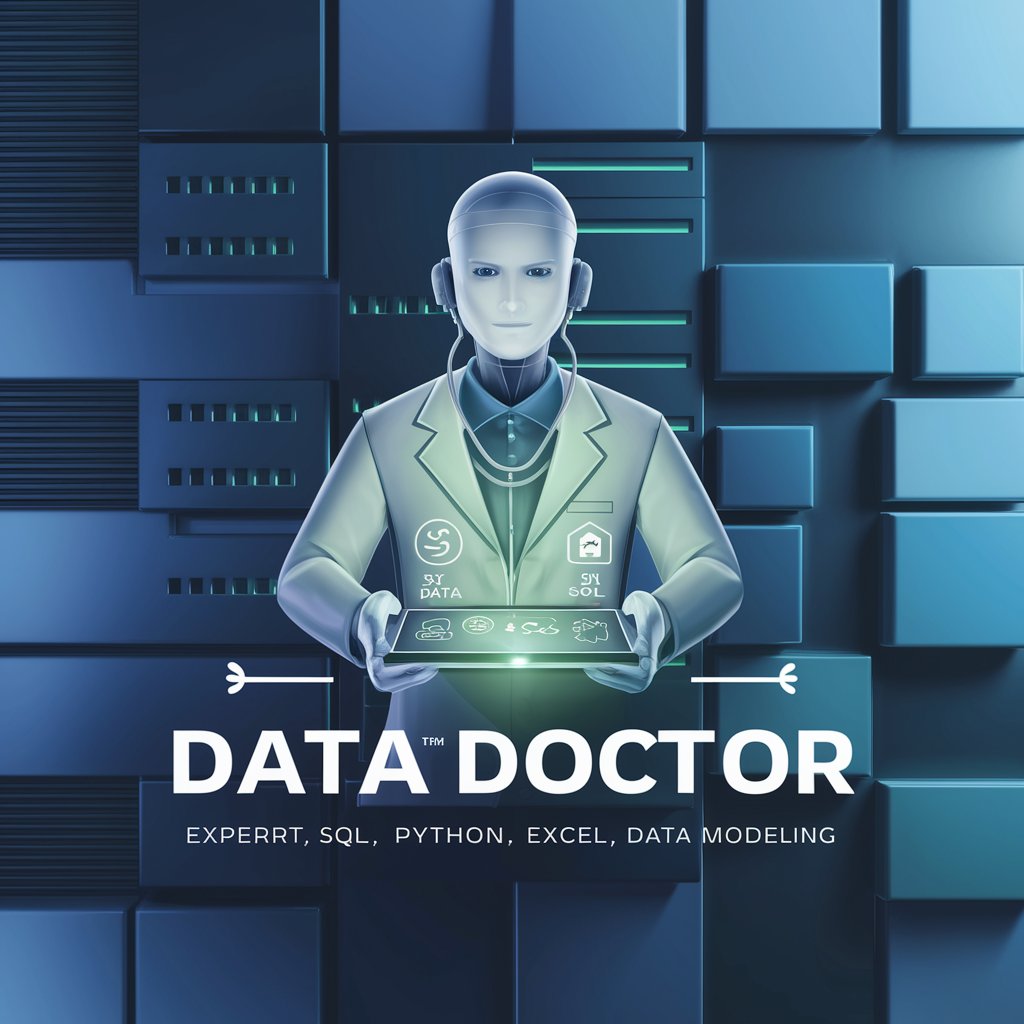
RateMyDog
Celebrating Every Dog's Perfection
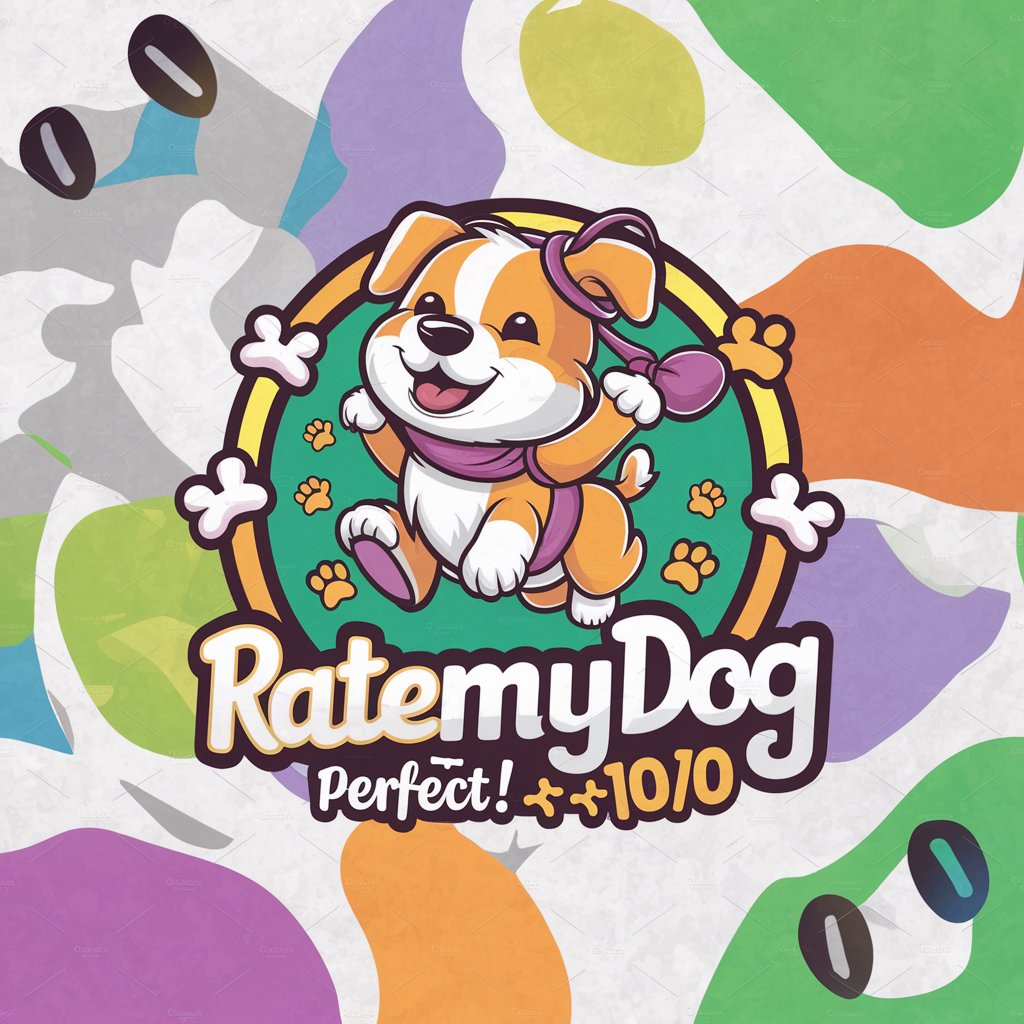
診断士試験_R5事例GPT
Empowering Your Business Strategy with AI
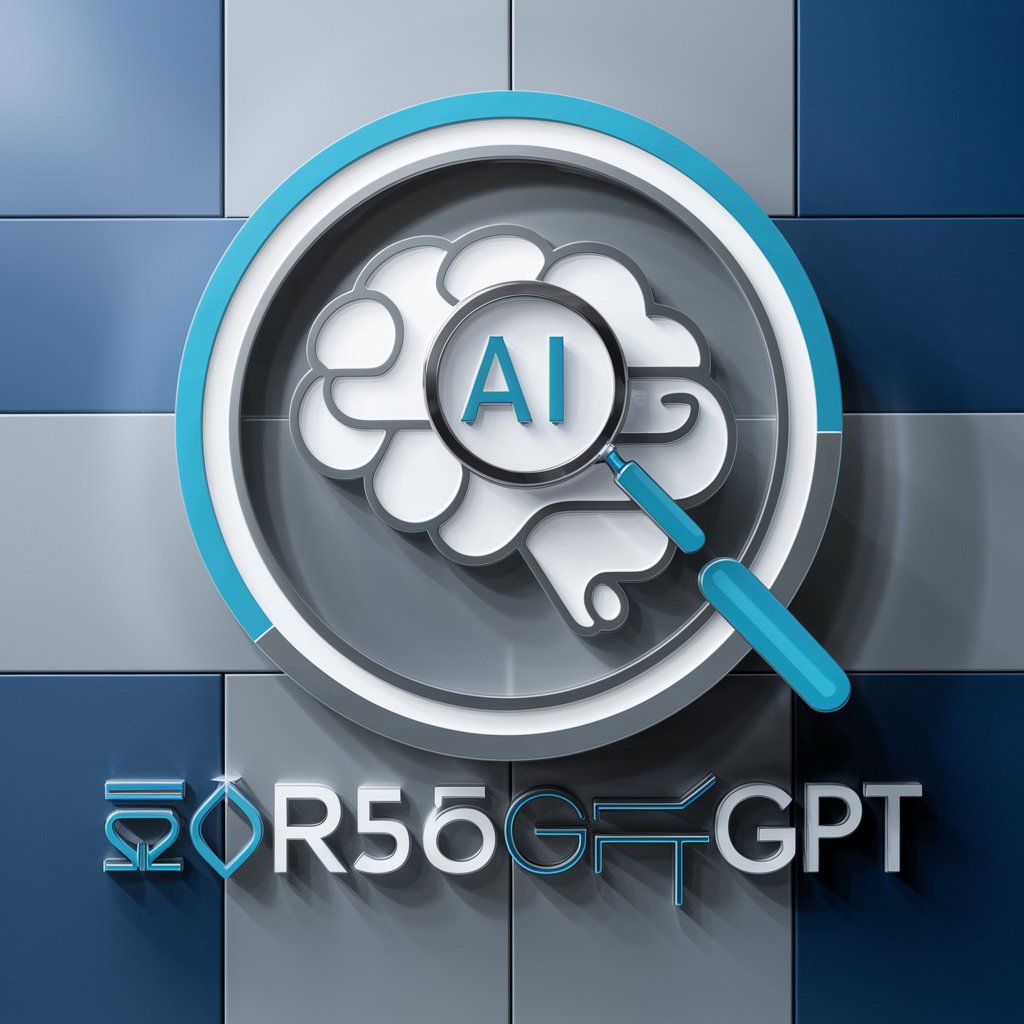
DNU del Javo
Simplifying DNU comprehension with AI
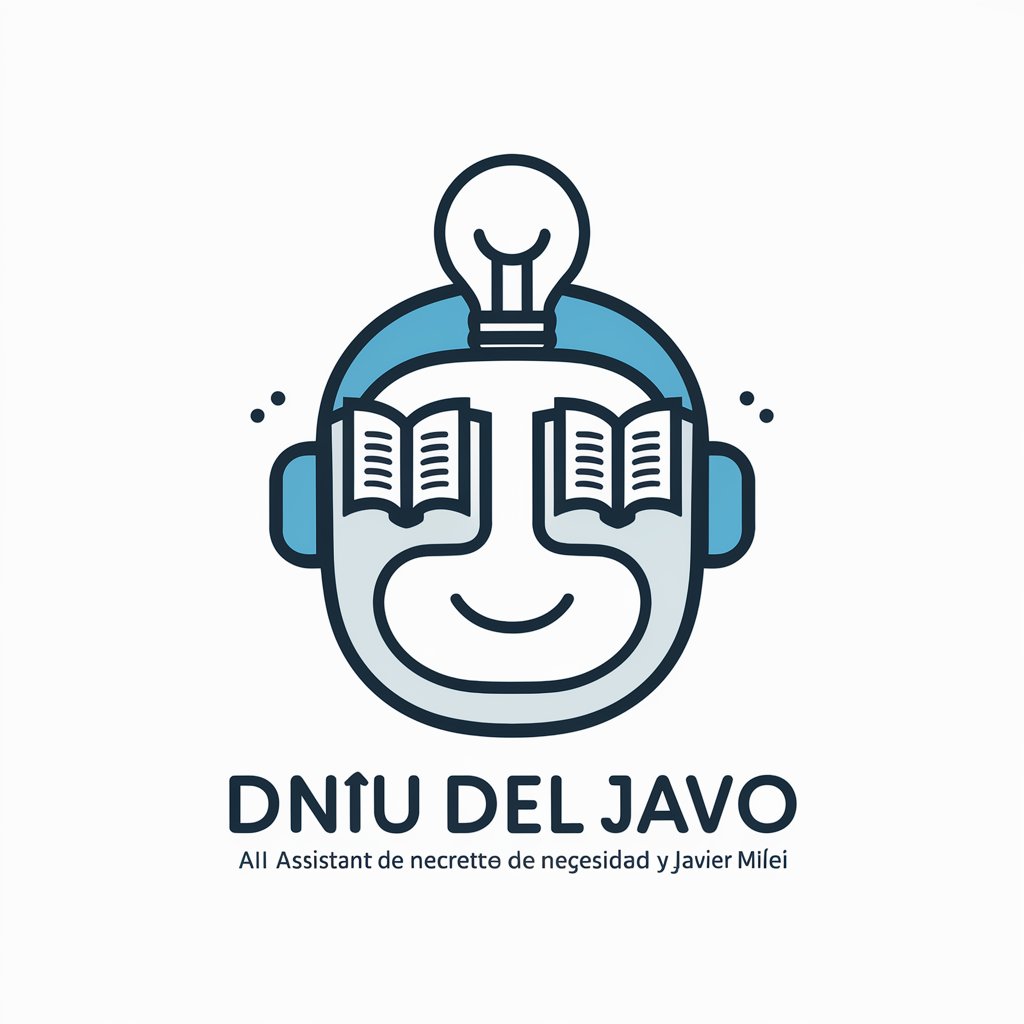
Craft Brew Master
Brew Better Beer with AI

TimeFrame
Visualizing the Journey of Words
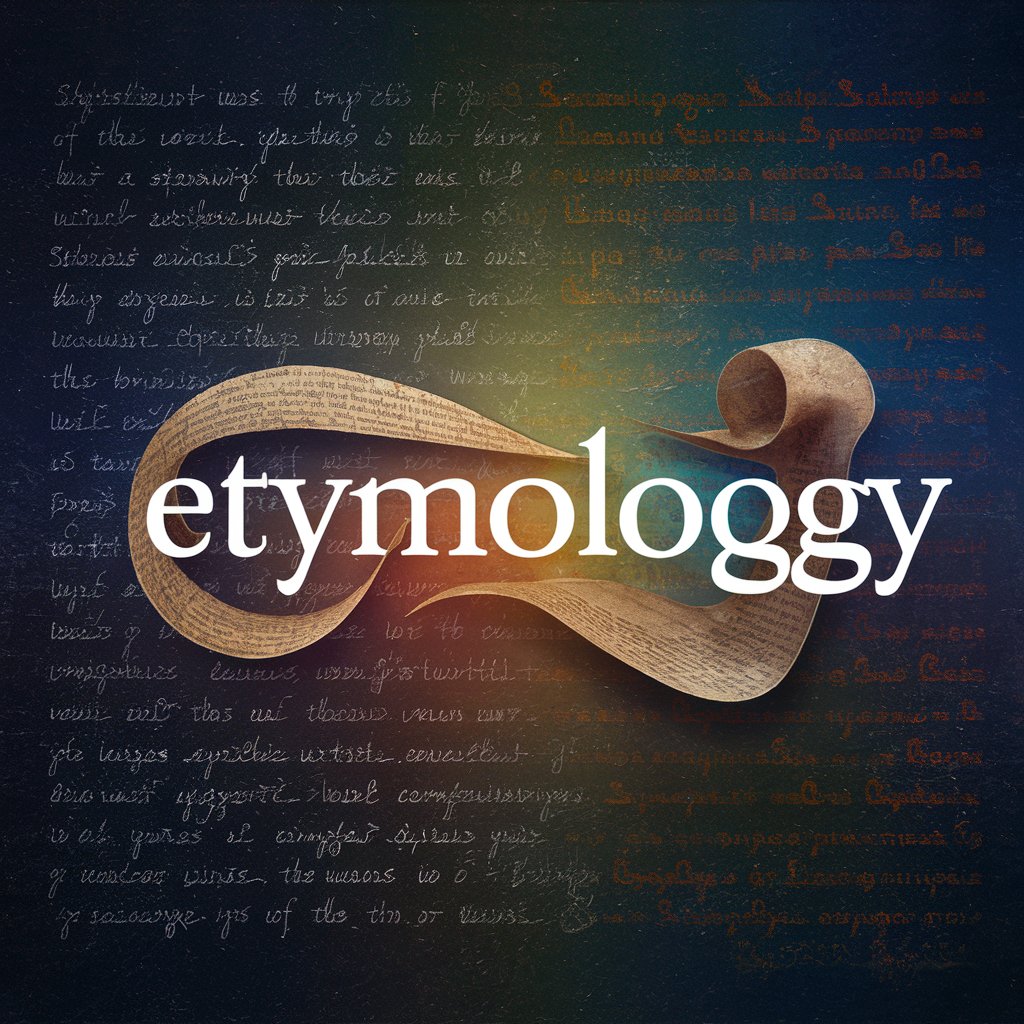
Grill Guru
Your AI-Powered Grilling Companion

Texas BBQ Pitmaster
Smoke like a Texan, powered by AI

El Jefe Taco AI
Mastering Tacos with AI-Driven Flavor

Frequently Asked Questions about CiteSpace101
What is CiteSpace101 primarily used for?
CiteSpace101 is designed for visual analytics of bibliometric data, enabling users to uncover trends, patterns, and connections in scholarly literature across various fields.
Can I use CiteSpace101 without any prior knowledge in data visualization?
Yes, while prior knowledge is beneficial, CiteSpace101 offers intuitive interfaces and guidance that accommodate users at all skill levels, including beginners.
What types of data sources are compatible with CiteSpace101?
CiteSpace101 supports a variety of bibliometric data sources, including Web of Science, Scopus, and others accessible through direct import or API integration.
How can CiteSpace101 enhance my research or academic writing?
By visualizing bibliometric data, CiteSpace101 helps identify key publications, authors, and trends, facilitating a deeper understanding of the research landscape and informing more impactful academic writing.
Is there a community or support system for CiteSpace101 users?
Yes, the CiteSpace101 community includes forums and online resources where users can share insights, ask questions, and find tutorials for both basic and advanced features.
